“Craft Competition in Takaoka, Tokyo Exhibition” Will Be Held in Marunouchi
Featured Exhibitions & Events VOL.51
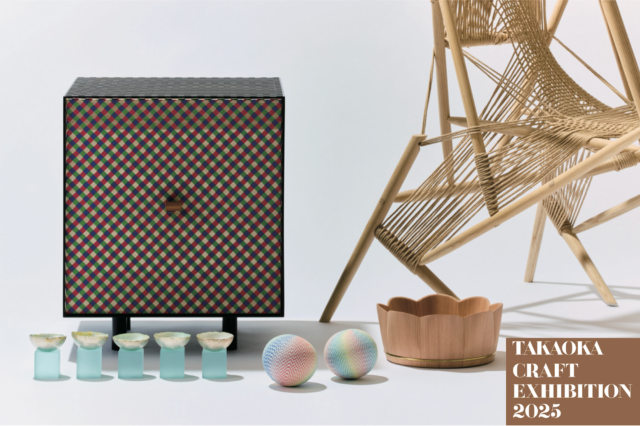

VOL.1-51
Update

VOL.1-23
Update

VOL.1-25
Update
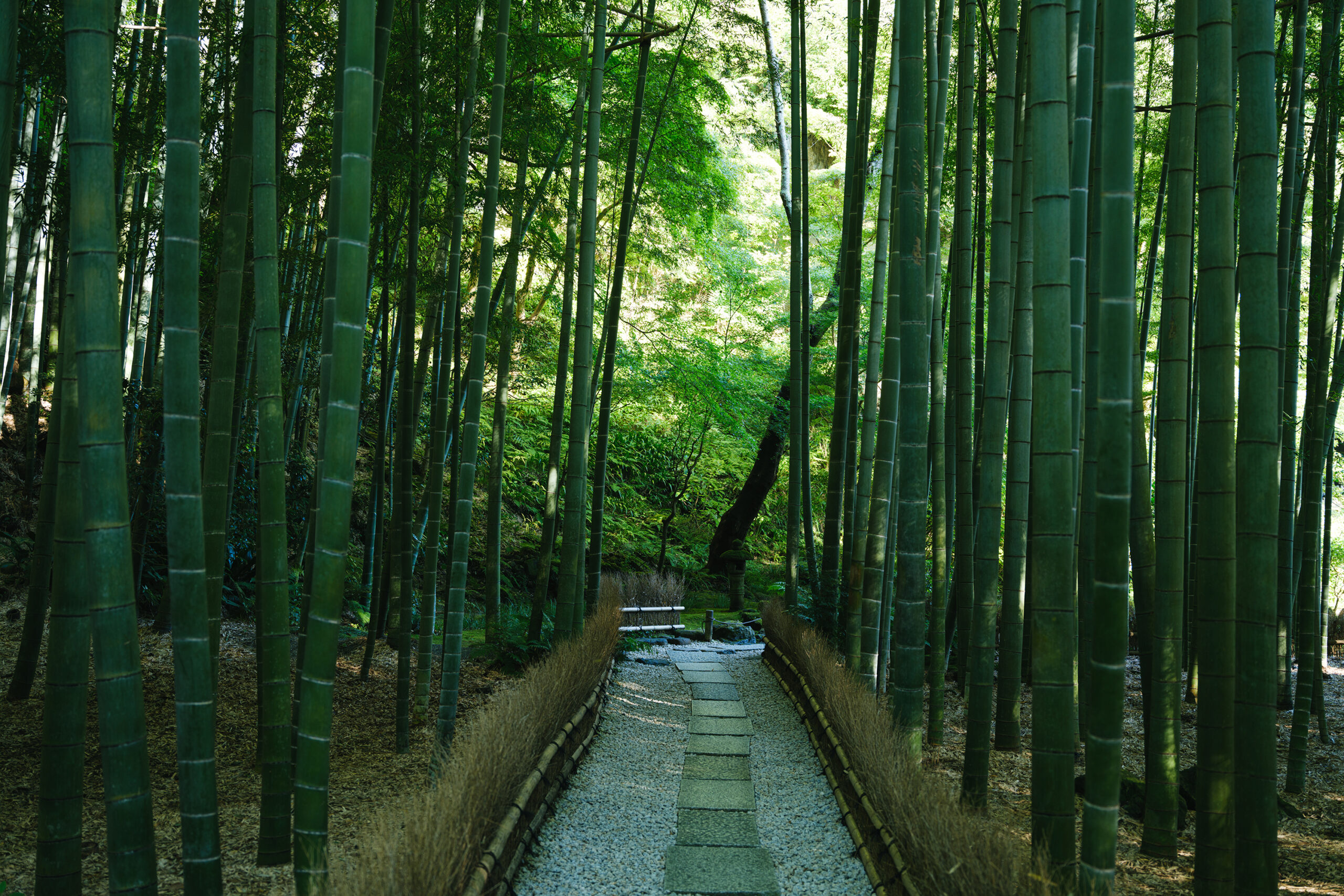
VOL.1-3
Update
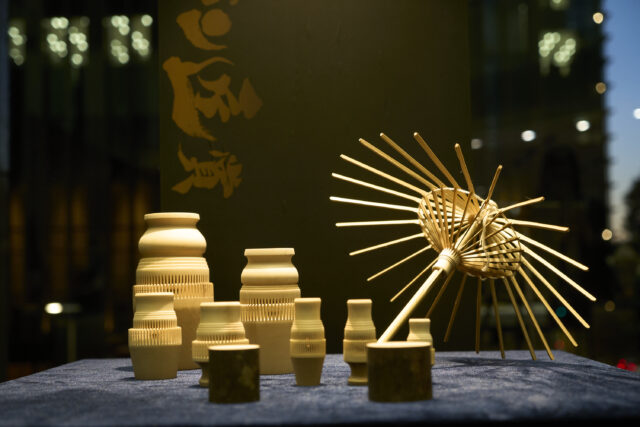
VOL.1-27
Update
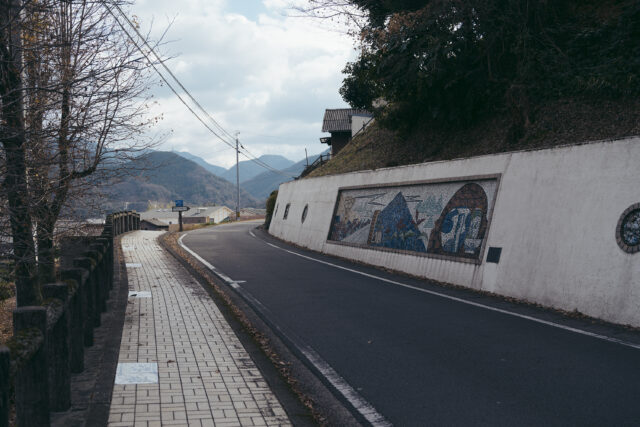
VOL.1-4
Update
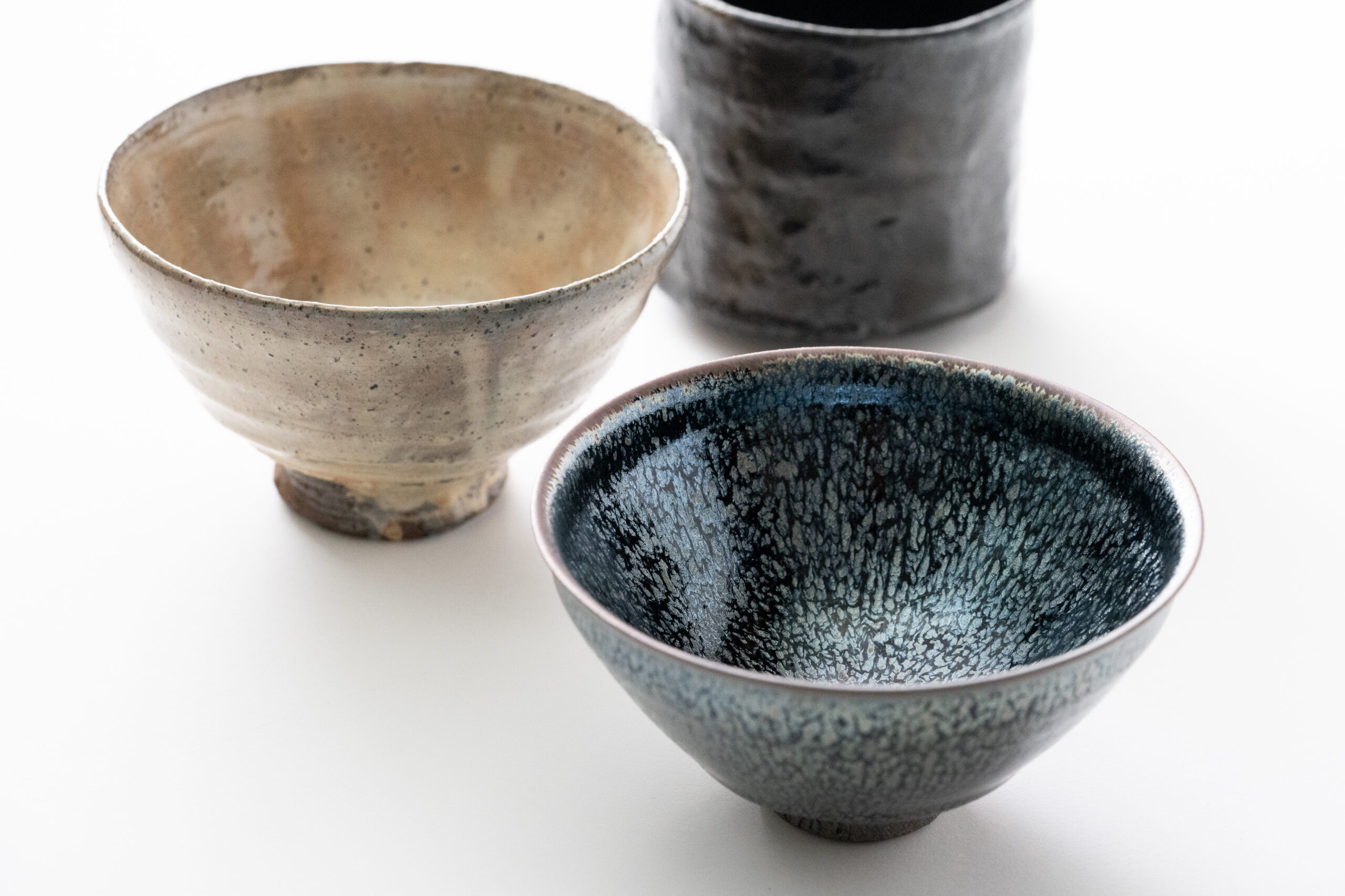
VOL.1-3
Update

VOL.1
Update
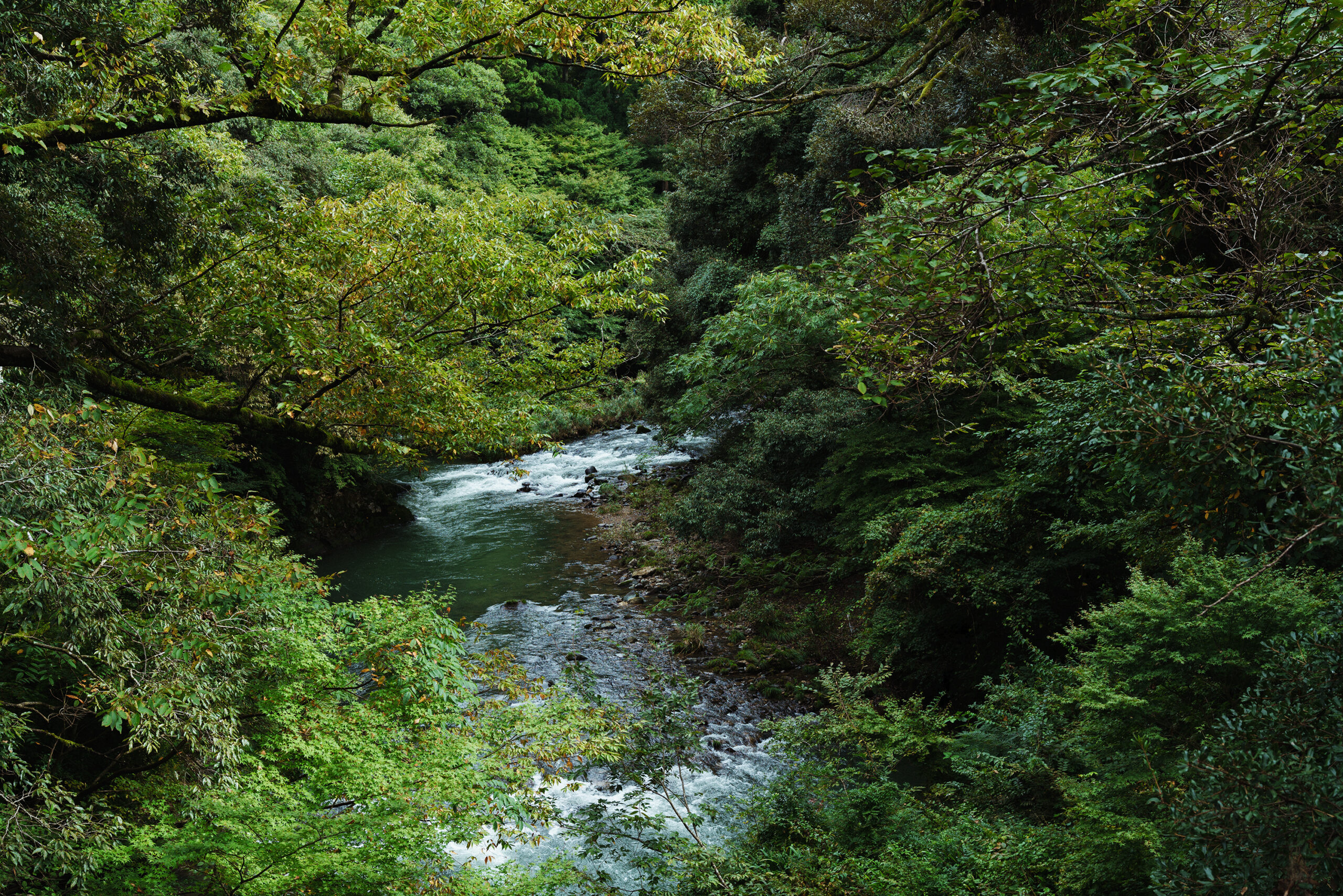
VOL.1-7
Update
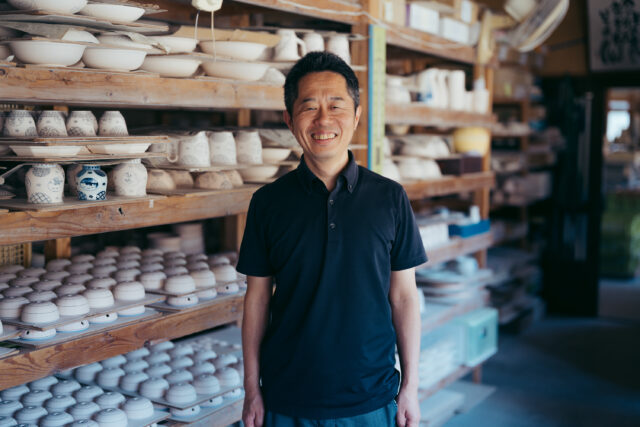
VOL.1-32
Update
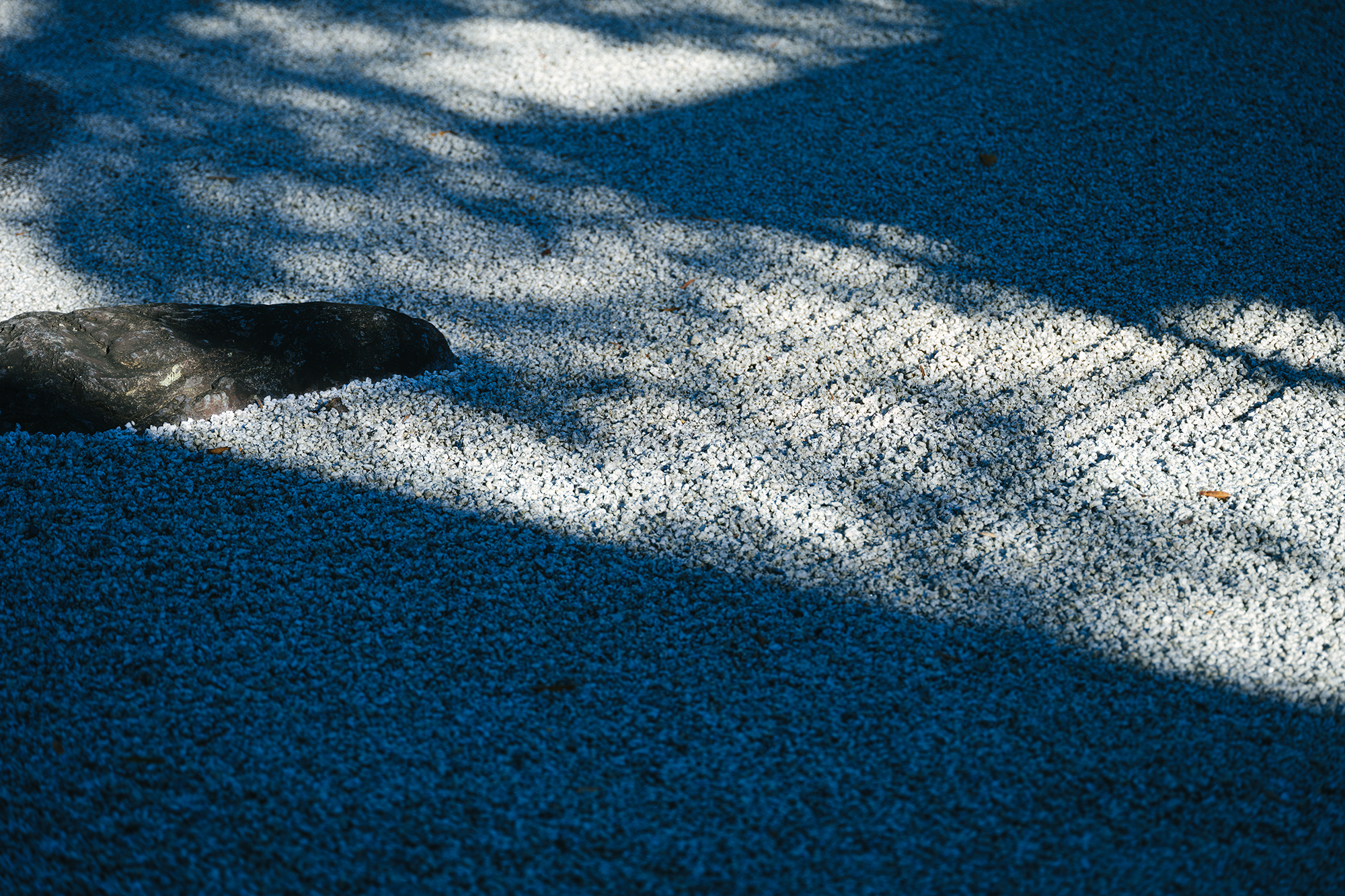
VOL.1-12
Update
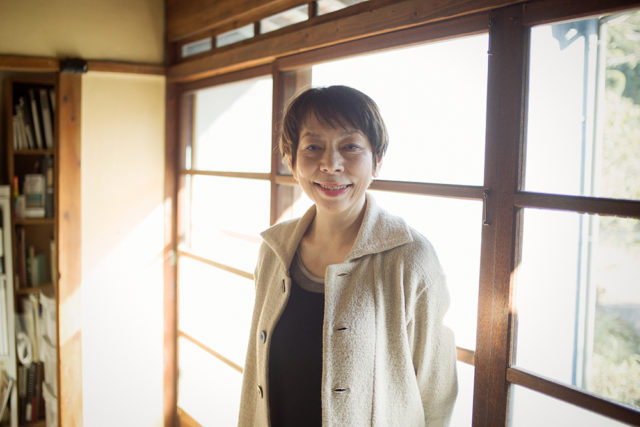
VOL.1
Update
We share a variety of information and perspectives on Japanese crafts, including exhibition information and interviews.
Featured Exhibitions & Events VOL.51
New Products VOL.23
KOGEI Topics VOL.25
Featured Exhibitions & Events VOL.50
Dec 9, 2025 – Mar 1, 2026
National Crafts Museum
Dec 13, 2025 – Mar 8, 2026
Aichi Prefectural Ceramic Museum
Dec 13, 2025 – Mar 22, 2026
Kikuchi Kanjitsu Memorial Tomo Museum
Dec 18 – Dec 27, 2025
GOOD DESIGN Marunouchi

Funseisaki ware was actively produced in Korea during the Joseon Dynasty. Its natural beauty has been admired by many tea masters in Japan, and it has continued to capture the hearts of the Japanese down through the ages. One of the most beloved vessels from this tradition is the Kohiki tea bowl. Its soft white color holds infinite possibilities that can change with use, making it a treasure to be nurtured over time.
Hiroyumi Suzuki has studied ceramics in Korea, the homeland of the Kohiki style, and now lives and works in Iga, Mie Prefecture. This work, with its simple and clean shape and beautiful white surface with fine kan-nyu (crackle), was made from red clay collected in the mountains between Iga and Shigaraki. The earthy impression that peeps out slightly in black on the thin glazed foot gives a feeling of refinement, and the green tea reflected on the endlessly smooth white surface stands out in the most beautiful way. The user will discover the fresh charm of this tea bowl again and again, as its character deepens with the passage of time.
